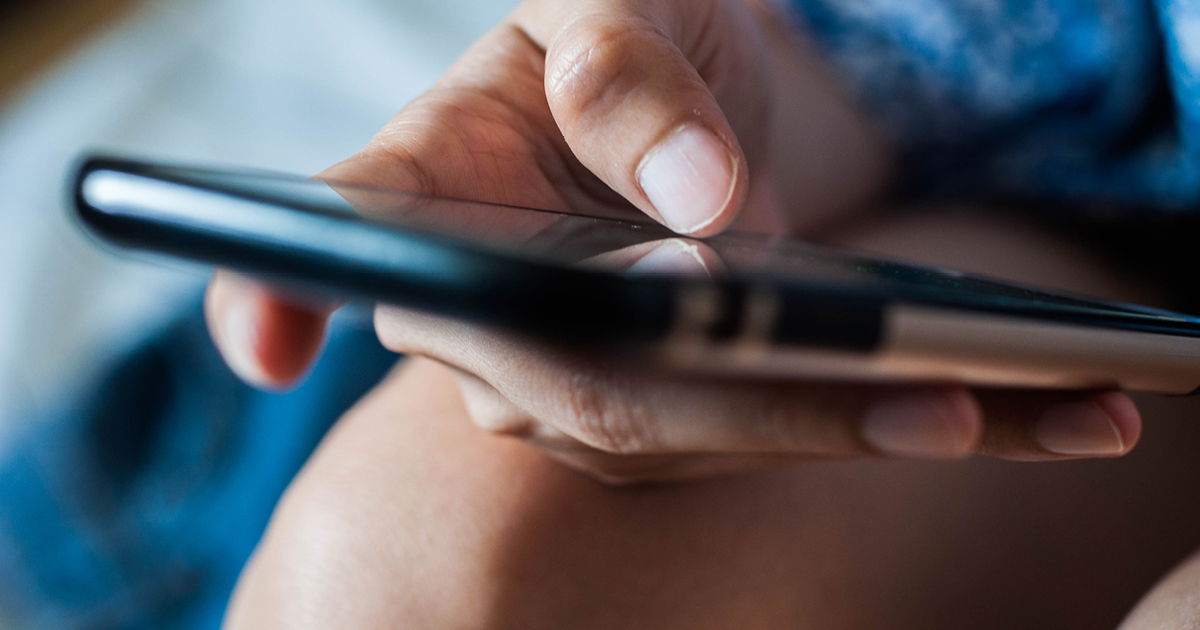The Caring Bot: How Artificial Intelligence Supports Personal Needs of Online Health Science Students

I have previously written about the role of artificial intelligence (AI) in health science education and attendant ethical concerns, including replication of unconscious bias. While AI has the potential to reproduce bias, if designed carefully, AI can help identify (and correct) unconscious bias and increase our ability to meet the personal needs of online students - such as the need for emotional support through stressful situations. AI can foster the connection between online health science students and university personnel, particularly during aspects of their programs that tend to be more stressful, such as away rotations.
Communication Instead of Simply Information
The AI technology I’m specifically referring to is the chatbot. There have been some incredible successes of chatbots deployed across many services in health science education, leading to significant increases in retention and graduation, particularly among students from less-advantaged backgrounds. A chatbot is an AI system that can “create a conversation between a virtual agent and a user.”[1, p. 339] A chatbot is designed to understand users' language, dynamically increase its knowledge with every interaction, and provide the information the user needs. Chatbots can range from clunky pushes of knowledgebase article links to smooth and to understand responses exhibiting emotionally intelligent support. Chatbots are increasingly used in admissions, learning management systems, clinical training planning, financial aid, libraries, career development, and more.
Chatbots were originally deployed to push answers to frequent questions. For that reason, initial use cases were in admissions, library, financial aid, and IT. However, institutions immediately found students interacting with the chatbots in surprising ways, asking questions outside of the bot’s designated knowledge domains and communicating emotional information. As McKenzie reported, “around 35 percent to 40 percent of the questions students ask a departmental chatbot are actually the domain of another department.” Particularly, during the course of the COVID-19 pandemic and through social unrest, health science students have faced the significant need for more than FAQ answers.
The Tech That Reaches Students Today
Like the telegraph and the landline phone, heretofore traditional methods of communication (specifically email and faculty office hours) have fallen into relative disfavor by students. Social media, instant messaging, and texting have overtaken other forms of communication as the primary channels through which students receive information and communicate with others.
“Among all students, email use (12.1 percent) ranked behind social media (35.2 percent) and texting (50.2 percent), but ahead of phone calls (2.2 percent).” That is not to say email has been entirely replaced. Straumsheim reported, “Only 11 percent of surveyed students said they sometimes, rarely or never open those emails (the researchers’ definition of ‘avoidance’).” However, students prioritize certain types of emails, “more than one-third of students (39 percent) said they don’t always read emails from academic advisers, and more than half (54 percent) of students said the same about emails from the university or academic departments.”
“I’m feeling ____ today.”
Consider the feature in voice assistant devices in which you ask the device to tell you a joke. This is a popular feature reflecting the human need for emotional connection, even with inanimate devices. Eugenia Kuyda developed a chatbot called Replika, which was described as offering interactions that are “something like a friendship: a digital companion with whom to celebrate victories, lament failures, and trade weird internet memes.” Systems like Replika can hold ongoing conversations with users.
Products for higher education have entered the market to synthesize emotional content with information exchange. A student can ask a chatbot for any help, including how they are feeling today, and the chatbot can respond in a supportive way while connecting the student with the human they need.
Student: “I’m scared about my surgical preceptorship. I want to move it.”
Chatbot: “I can understand feeling anxious about your surgical preceptorship. I know someone who can help. Here’s an appointment available with Jane, an advisor in your program. Let’s set that up.”
In the above exchange, the system sends a message to the employee and department. In 2015, Georgia State University deployed a chatbot called Pounce, after the school mascot, that has been so effective they have seen a 23% increase in overall graduation rate with even greater increases among students from less-privileged backgrounds. “For low-income, African American and Hispanic students, the graduation rates shot up by over 30%, bringing these groups in line with — and even above, in some cases — the rest of the student body for 5 consecutive years.”
Use cases for chatbots in health science education can include options such as checking in during away rotations, reminders about documentation, and resources for upcoming training.
About the Author
Bernadette Howlett, PhD, is a researcher, educator, and author with extensive expertise in online education in health sciences, evidence-based practice, and education technology. She is the lead author of Evidence-based Practice for Health Professionals: An Interprofessional Approach (Jones & Bartlett Learning, 2020). Dr. Howlett currently leads a team of education innovation researchers and data scientists at Western Governors University focused on studying new models of faculty interventions, student engagement, and student outcomes.
References
- Arabnia HR, de la Fuente D, Kozerenko EB, Olivas JA, Tinetti FG. Artificial Intelligence. 2018. CSREA. International Conference on Artificial Intelligence.